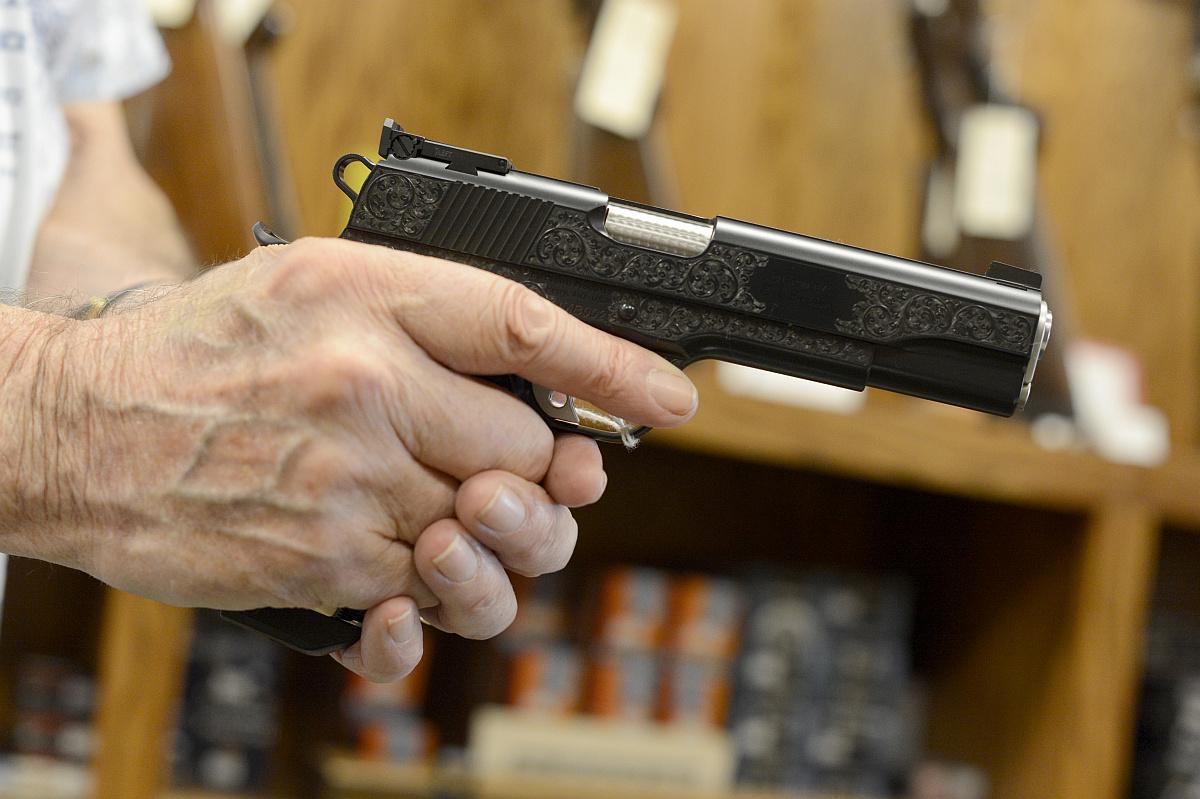
The November terrorist attacks in Paris have prompted the European Commission (EC) to prepare new measures in the fight against terrorism. The Paris attackers were armed with military weapons purchased illegally. EU’s leadership has therefore decided to step on the toes of the illegal weapons trade with different measures, including bureaucratic ones. However, if the European Commissioners manage to fulfill everything they have set out to do with the new firearms directive, everyone dealing with weapons or using them in a legal way, like for example hunters, sport shooters and gun collectors, will suffer the collateral damage.
The European Commission (EC) has prepared a proposal for a new firearms directive which would significantly limit the access to weapons and their use. The proposal envisages a ban on owning some semi-automatic weapons which could be transformed into automatic weapons banned for civilian use. The proposed directive would also enforce tighter rules on the acquisition of firearms or weapon parts online, improve the traceability of weapons and impose stricter conditions for deactivated weapons and gun collectors. With the measures the commission hopes to reduce the risk of old, but still usable firearms, coming into the hands of bad guys.
The representatives of those Slovenian groups which would be most influenced by the new directive gathered at a meeting called by MEP Igor Šoltes, who said that he personally was not a lover or owner of weapons. However, he did admit that the proposed directive is very unclear and full of open questions. Previously, the directive was already discussed by the European Parliament’s Committee on Internal Market and Consumer Protection, whose member is also Šoltes.
Most of the doubts arise from the way the above-mentioned EC directive and fight against terrorism are connected with the illegal weapons market. Those opposing the directive say it only focuses on legally acquired firearms and not on the key source of the problem. Apart from that, there has been no study on what kind of effects the new directive would have. In addition, the explanation why the above-mentioned groups pose any risk to the fight against terrorism is also very weak.
The main source of weapons for terrorists is the black market
The participants at the meeting unanimously agreed that the main source of weapons used by terrorists is the black market, and that some of the measures for preventing the illegal weapons trade are good and needed. They agreed that a consistent labeling of weapons should be ensured to improve traceability. That would also lead to the efficient deactivating of firearms. Some of those present at the meeting with MEP Šoltes warned, that one of the automatic weapons used in the Paris terrorist attacks was deactivated in Slovakia. In contrast to Slovenia, the deactivating of old weapons in Slovakia was done in a very superficial way and the relevant EU institutions did nothing.
The former head of the Sova Slovenian Intelligence and Security Agency, Andrej Rupnik, who is now the deputy head at the Institute for Democratic Control of Armed Forces (DCAF), warned about the changes that can be noticed in the way terrorist attacks are being carried out. In the second half of the past century terrorists often used explosives, but now they mostly use firearms which have a bigger effect. Most of the weapons used in the Paris attacks came from illegal trade. Only in two cases weapons were assembled from legally obtained parts.
According to Rupnik, most of the weapons found on the black market come from the Western Balkans and the Ukraine. Target markets are mostly Western Europe and one of the biggest hubs is the EU capital Brussels. A difficult circumstance is the fact that weapons are usually transported in very small amounts, usually only one or two pieces at a time. Nevertheless, this kind of logistics and trade is very profitable. The head of DCAF, Anton Travner, said the price of a kalashnikov in Albania is only 100 euros, while in Western Europe the price for the same weapon can reach up to 4.500 euros. Apart from that, the fines for illegally trafficking weapons are considerably lower compared to the fines for drug trafficking.

































































